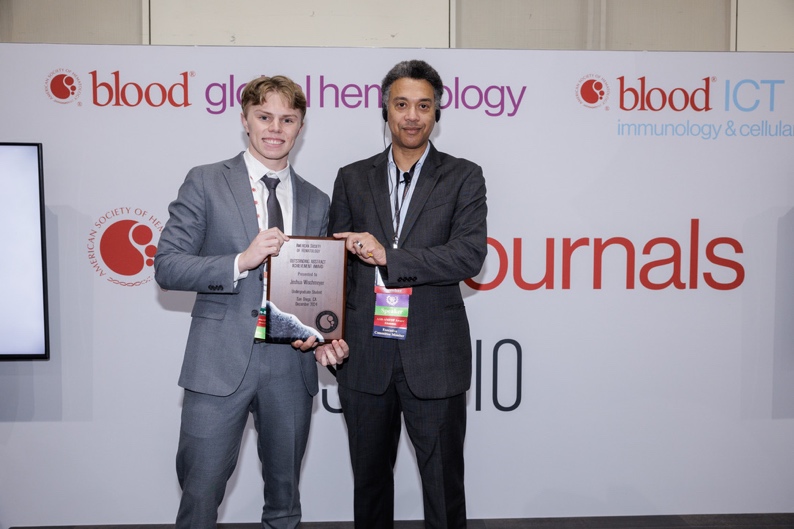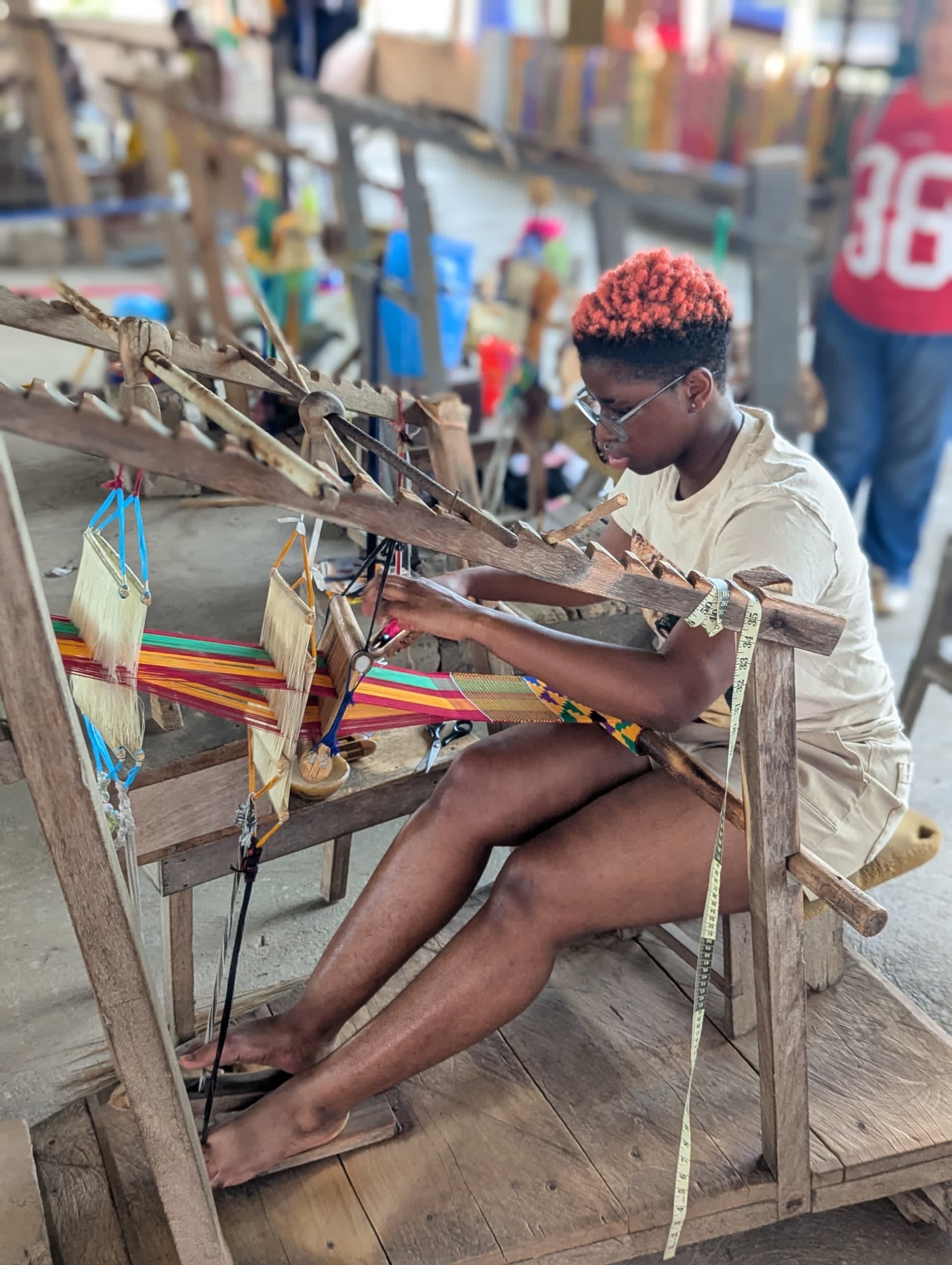New NIH Grant Will Allow Prof. Foley to Extend Tobacco Control Research Projects from Hungary to Romania
August 8, 2012
Now that her team has made an important contribution to tobacco research and tobacco control policy in Hungary, Kristie Foley is ready to take on Romania. Foley, associate professor of medical humanities, is the principle investigator for a new $1.3 million, five-year grant to Davidson College aimed at reducing tobacco mortality and morbidity in Romania, where 37 percent of the population smokes.
Foley's team in the effort includes Davidson associate professor of chemistry Cindy Hauser, four colleagues from Wake Forest University Medical School, one from Research Triangle Institute, and six from Hungary. They will launch their Romanian effort this fall, at the same time they are concluding their final year of the Hungarian project on which the new project is based.
The five-year Hungarian initiative, which began in 2007, involved eleven projects and includes many of the same scientists who are part of the Romania initiative. Foley was on faculty at Wake Forest at the time, and brought the project with her when she joined the Davidson faculty in 2008.
The Hungarian project has sought to lower tobacco use and its related morbidity and mortality. Hungary's smoking rate is one of the highest in Europe, and it has the highest lung and oral cancer mortality in the European Union. Hungarian and U.S. researchers have produced 42 manuscripts, 76 presentations, and two published books aimed at a clinical audience and lay population. Another book is forthcoming. Their efforts also led to substantial increases in Hungarian tobacco taxes, and national laws prohibiting smoking in public places, such as workplaces and restaurants. Another law now prohibits smoking and within five meters outside of bars, which has significantly affected smoking at outdoor cafés.
Both the $1.5 million grant for Hungary and the new award for Romania are funded by the National Institutes of Health (NIH) Fogarty International Center and the National Cancer Institute. The Hungarian project was also co-sponsored by the National Institute of Drug Abuse.
As with the work in Hungary, the primary aim of the new Romanian grant is "capacity building" - recruiting and working with Romanian scientists, public health officials and representatives of non-profit organizations so they can take the lead in lowering tobacco use in their own country.
Foley explained, "We helped Hungarian scientists become tobacco research experts in their country, and they gathered data needed to help convince lawmakers and the Secretary of Health to move forward with the legislation."
She continued, "We learned in Hungary that the culture and history of a place make a big difference in the way scientists engage with each other and with teams. Our goal is to be mentors, but the local participants provide credibility for the efforts within the public, and are ultimately responsible for the end product. We have to give them the autonomy to succeed or fail."
Members of the American team and six of the researchers on the Hungarian project will work with the Romanians to provide guidance for their specific projects. The Romanians represent a diversity of disciplines, including psychology, sociology, economics, public health and medicine.
The new grant for Romania will support seven projects with five emphases: (1) tobacco prevention and cessation, (2) reduction of secondhand smoke exposure, (3) inclusion of vulnerable populations, such as people of Roma ethnicity and institutionalized populations, (4) intervention-oriented research, and (5) using research results to institute policy change.
The grant includes funds for travel, which will allow group meetings in Romania, Hungary and the United States, and attendance at an international conference on tobacco use. Foley expects multi-lateral collaborations to emerge, leading to new international partnerships in tobacco research.
Since existing data on smoking rates and smoking-related illness and death in Romania is sparse or lacks scientific credibility, one of the first projects will be aimed at compiling accurate data. For example, data on air quality associated with secondhand smoke has been published, but includes a limited range of venues. Air quality is an important issue in Romania, where the rate of indoor particulate matter is very high, and almost 60 percent of young people report that their parents smoke.
The effort to improve these data will involve Associate Professor of Chemistry Cindy Hauser, the first other Davidson faculty member to work with Foley on the project. Hauser is a specialist in air quality monitoring, and will train Romanians to assess air quality in places where smoking is still allowed. Foley and her other teammates will then help the Romanians utilize these data for practice and policy change.
Foley developed her interest in Central European public health during six months of study as a Fulbright Scholar in Hungary in 2007. While there, she conducted research on the involvement of public health workers to engage in tobacco prevention and control with her mentor, Peter Balazs, who is the lead scientist in Hungary partnering with her on the current project.
Witnessing first-hand the prominence of tobacco use in Hungary and the challenges the public health community faces in implementing comprehensive tobacco control activities, Foley wrote a grant proposal to the National Institutes of Health for a full-blown anti-tobacco program there. At its core, the grant is a capacity-building project of local scientists.
A native of North Carolina, which ranks first in the country in tobacco production, Foley spent some time as a youngster helping family members with the hot, sticky job of harvesting the crop. In addition, one of her grandfathers smoked regularly and died of lung cancer.
But Foley wants people to understand that her campaign is not aimed at punishing smokers. She said, "There are a lot of external factors that lead young people to smoke, and nicotine is a highly addictive substance. What we want to do is 'de-normalize' it, so that people will not start using tobacco."
She does disapprove, however, of aggressive corporate marketing worldwide aimed at leading young people to start smoking. She also believes that, as an American institution, the NIH is justified in supporting her work in Central and Eastern Europe. She said, "Smoking-related illness are the number one cause of death here and around the world, and the US is one of largest makers and distributors of tobacco in the world. So in my opinion it's important for us to address it."
Foley notes that efforts to reduce tobacco consumption in the United States have been successful. The current rate of smoking in the this country is about 20 percent-a huge drop from the 50 percent rate in the 1960s. Primary drivers of the decline have been increased taxes, clean indoor air laws and other strong anti-tobacco legislation, access to clinical therapies aimed at cessation, and prevention campaigns aimed at young people.
Foley believes results for the new campaign in Romania will be as successful as those in Hungary, and is proud to be developing programs that affect entire nations. "Because the scale of this project is so enormous, it's possible that I may never again be involved in a public health project with this level of impact," she said. "But I hope so!"



